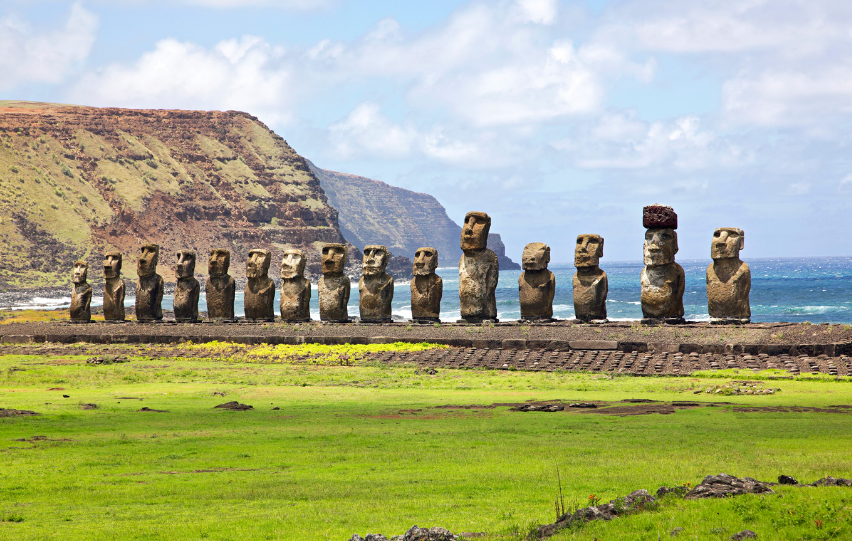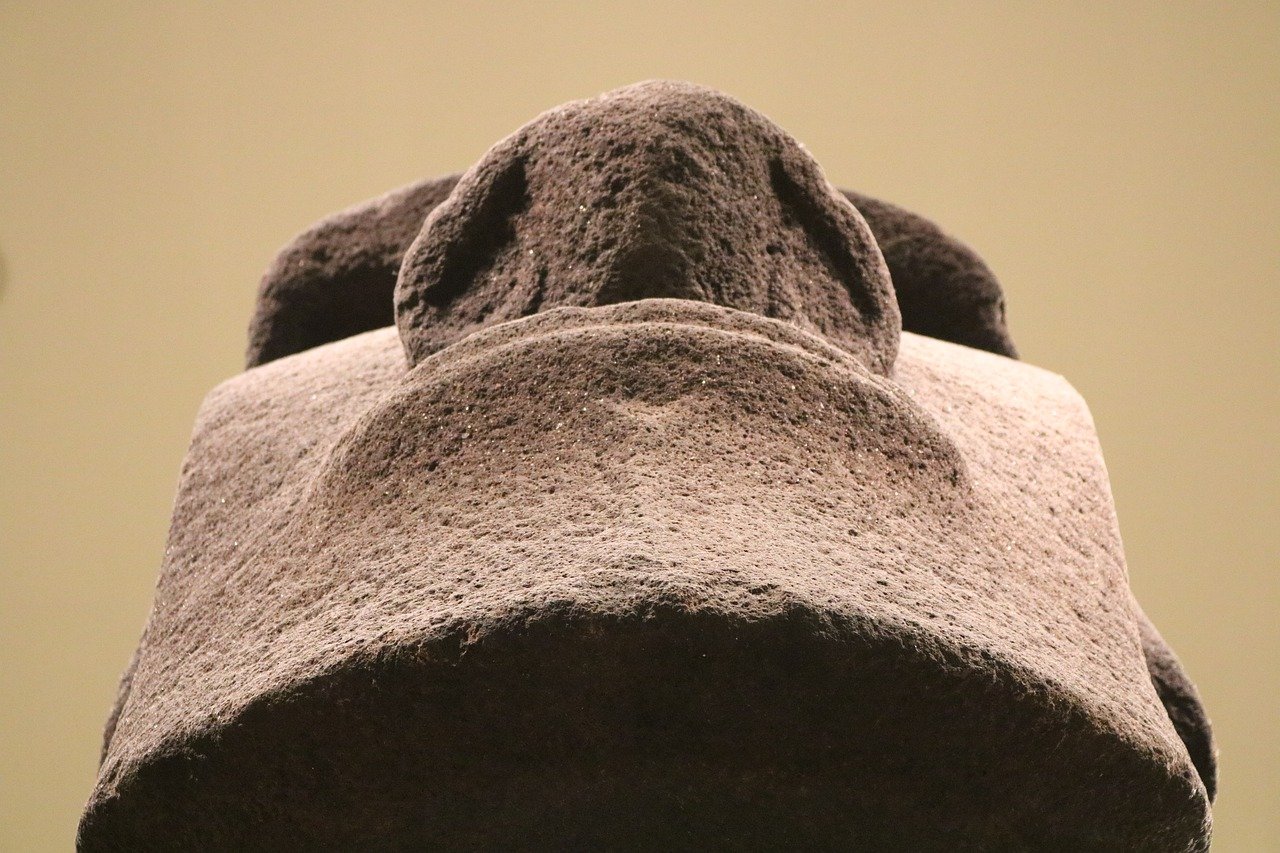Most people haven’t heard about the mysterious and beautiful Easter Island, found in the southeastern Pacific Ocean. Despite its small size, this island is home to hundreds of human statues carved by the Rapa Nui people.
From unique cultural experiences to impressive views, and outstanding history, this place has one of the clearest waters in the Pacific Ocean. It’s even said that the island has the most transparent waters in the world.
Get to know some interesting facts and information about the phenomenal Easter Island. We’re diving deeper into its history, inhabitants, and the intriguing Mo’ai or monolithic human figures.

It’s a Remote Island
Easter Island is among the most remote locations in the world for its 3,800 kilometers distance from the nearest shore.
The closest country to this remote place is Chile, but visitors need to endure a five-hour plane ride or seven hours from Tahiti to get there.
It’s 1,289 miles away from Pitcairn Island and about 2,182 miles away from the coast of Chile. So, imagine being surrounded by the remoteness of only the sea and a piece of land.
This kind of separation from the world is likely why this unique civilization of the Rapa Nui people exists.
Easter Island Name Is Controversial
Locals or inhabitants call the island Rapa Nui but this was changed to Easter Island in 2013 with the approval of the Chilean government.
It was believed that this was the true name of the island as it was the day it was discovered by explorer Perling Jorleg in 1722.
This theory was disproven by the locals, as the Rapa Nui people have a history on the island dating back to the first century.
Inhabitants have long been surviving on the island. In fact, according to history, the first name given to this place is ‘Te Pito O Te Henua’ or ‘the world’s navel.’
Never Touch The Mo’ai
Another fun fact about Easter Island is that it’s forbidden to touch the monolithic human statues of Mo’ai. Doing so will only cost tourists a hefty fine of around $17,000.
In fact, a Finnish tourist was charged with the amount for not only touching the statue but also for breaking the earlobe off for a souvenir.
Visitors are encouraged to follow the law to prevent any trouble. The legendary Mo’ai are protected by the law because these are treasures with cultural significance.
Just like the centuries-old paintings in the Louvre museum, the Mo’ai are also fragile and easily break when touched.
Underwater Mo’ai Is Fake
Because of the unbelievably clear waters and beautiful marine creatures, tourists can be seen in the diving sites off the rocky coast. In fact, one attraction that exists on Easter Island is the Mo’ai underwater.
However, not a lot of people know that this statue is fake because this resting Mo’ai isn’t carved by the ancient Rapa Nui men. The truth is, the statue was made for the Rapa Nui movie, therefore, it’s not a real one.
Regardless, the statue looks amazing underwater, that’s why a lot of people still plant to visit it when they go to the island.
Cannibalism Existed Before
There are claims that cannibalism exists in the early centuries among inhabitants. It is believed that tribes supplemented their diet with animals and then turned to cannibalism to survive.
This idea derives a lot more from the fact that Polynesian cultures are known to have been involved in cannibalism than from evidence of it on Easter Island specifically.
However, the inhabitants of Easter Island do not agree with this depiction of their ancestors.

Statues Are Made From Volcanic Ash
What’s impressive about the Mo’ai is, these are made from tuff or the solidified volcanic ash found on the volcanic crater. Because the tuff is soft, ancient inhabitants were able to carve with their hands using stone chisels.
Another mystery remains on how the statues were carried and transported to their resting places. The heaviest Mo’ai weighing 82 tonnes or 180,779 pounds was even buried to the ground.
Bottom Line
Easter Island is one of the most celebrated discoveries in history, providing a glimpse of ancient life. It’s one of the most underrated destinations because of the long-haul flight and the remoteness of the island.
While European and Asian countries are saturated with tourists, places down under like Easter Island, Australia, and New Zealand remain almost untouched. That's probably why visiting these places can take you back in time.






